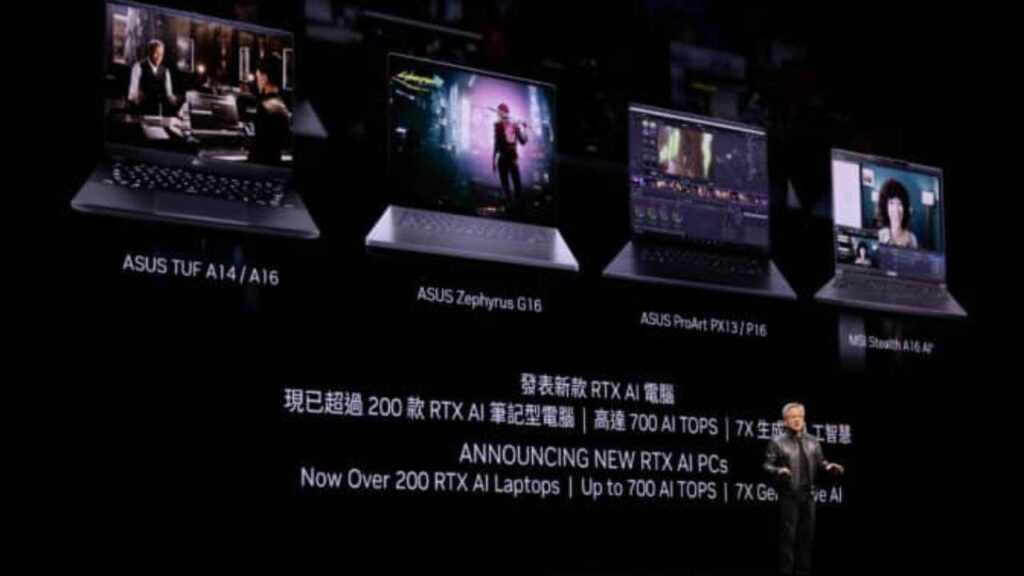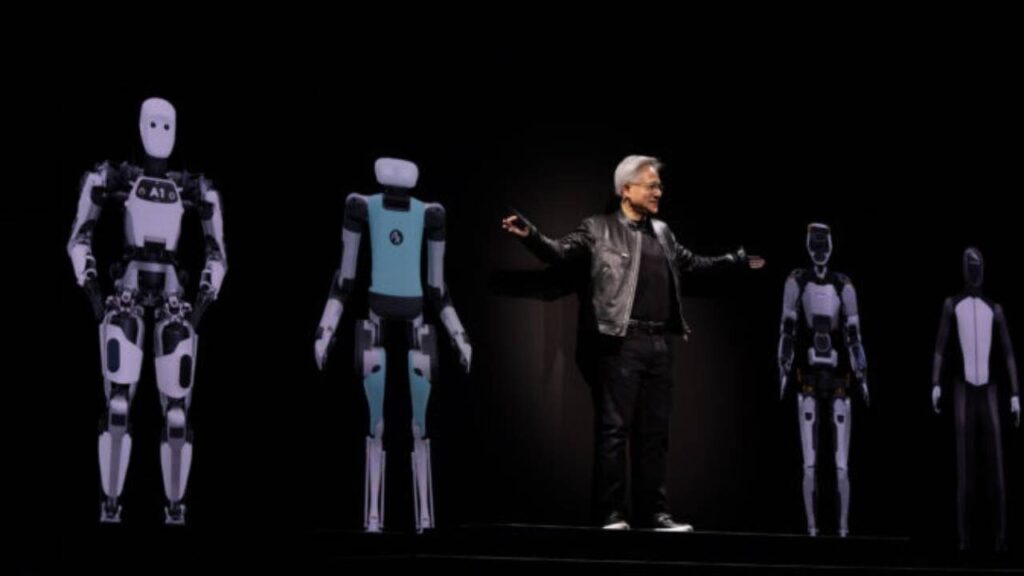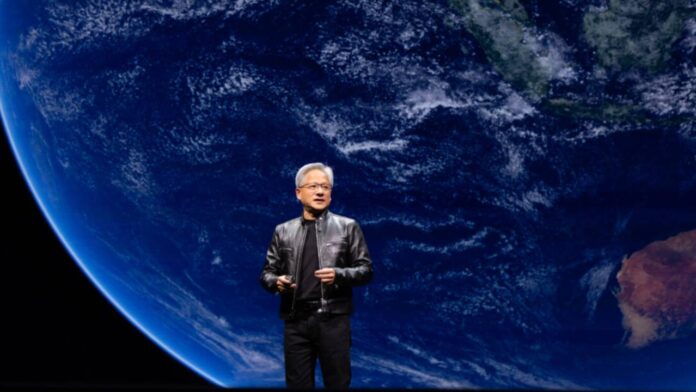NVIDIA founder and CEO Jensen Huang addressed over 6,500 industry leaders, journalists, entrepreneurs, and tech enthusiasts in Taipei ahead of the COMPUTEX technology conference. In his speech, Huang emphasized that accelerated computing and artificial intelligence (AI) are spearheading a new revolution in the computer industry, with NVIDIA leading the charge. Here are the details of his announcement.
Key Points from Jensen Huang’s Pre-COMPUTEX Speech
Huang highlighted the importance of Taiwan as home to NVIDIA’s most valuable partners and noted that everything NVIDIA does starts there. Together with these partners, NVIDIA has been creating the global AI infrastructure. Huang focused on three main topics: the essence and impact of generative AI, the roadmap for the future, and what lies ahead.

- Generative AI and Its Impact
- Huang discussed the transformational changes in the computer industry over its 60-year history, stating that we are on the brink of another significant shift. He noted that while the performance gains of central processing units (CPUs) have slowed, our computational needs have exponentially increased, leading to what he termed “computing inflation.”
- The solution, according to Huang, lies in accelerated computing, which NVIDIA has been working on for 20 years. The CUDA platform enhances CPU performance by accelerating workloads suited to specialized processors. Huang predicted that in the future, every application and data center would be accelerated.
- He emphasized that accelerated computing is both logical and sustainable, demonstrating that a 100-fold speedup can be achieved with only a threefold increase in power consumption and a 50% cost increase, resulting in a 25-fold performance-per-watt improvement.

- Challenges and Solutions in Accelerated Computing
- Huang acknowledged the difficulty of accelerated computing, which requires rewriting software and reconfiguring algorithms. NVIDIA has been addressing these challenges by developing domain-specific libraries for 20 years.
- Libraries such as cuDNN for deep learning, Ariel for 5G radio, cuLitho for chip manufacturing, Parabricks for genome sequencing, cuOpt for combinatorial optimization, and cuQuantum for quantum computing simulation are part of this effort.
- These libraries have enabled over 5 million developers to use NVIDIA’s platform, benefiting various industries like healthcare, finance, computing, and automotive. Recently, Google integrated cuDF into its cloud platform to accelerate the popular data science library Pandas.
- The Role of AI in Generative and Physical Applications
- Huang pointed out that AI now has the ability not only to perceive (image processing, speech recognition) but also to generate. The success of ChatGPT exemplifies this capability, made possible by the reduced costs of computing. Training large language models using vast internet data has become practical and widespread.
- NVIDIA is leveraging the generative power of AI to build “AI factories” that produce AI “tokens,” akin to how Nikola Tesla’s AC generators produced electrons. Huang also discussed NVIDIA’s Earth-2 project, which aims to create a digital twin of the Earth to predict and mitigate the effects of climate change.
- He introduced NVIDIA’s digital human technology, ACE, designed to create AI-powered digital characters that interact with users as humans do. This technology has the potential to revolutionize customer service, advertising, and gaming.
- NVIDIA’s New Software Platform and Future of AI
- To simplify the complex software stack needed to operate digital humans, NVIDIA developed a new software platform called NIM (NVIDIA Inference Microservices). NIM offers pre-trained AI models as optimized containers that can be deployed in clouds, data centers, or workstations. This flexibility allows users to select and combine specialized AI models to create custom applications.
- Huang predicted the next wave of AI to be “physical AI,” which understands the laws of physics and can work alongside us in the real world. To realize this vision, NVIDIA has developed the Omniverse platform, where robots can learn to perform tasks in simulated environments that adhere to physical laws.
- Introduction of New GPU Architecture: Blackwell
- Huang unveiled NVIDIA’s next-generation GPU architecture, Blackwell, designed to train and run larger and more complex AI models. Blackwell features massive interconnected chips capable of forming systems with 72 GPUs, providing incredible computational power for models with up to 10 trillion parameters.
- NVIDIA operates on an annual rhythm, aiming to deliver new platforms and technologies each year. Huang stated, “Our fundamental philosophy is simple: build the scale of the entire data center, break it into pieces, sell it on an annual rhythm, and push everything to the technological limits.”
Jensen Huang’s Closing Remarks
In his concluding remarks, Jensen Huang emphasized: “Generative AI is reshaping industries and creating new opportunities for innovation and growth. Today, we stand at the cusp of a major shift in computing. The intersection of AI and accelerated computing is set to redefine the future. The future of computing is accelerated. With our innovations in AI and accelerated computing, we are pushing the boundaries of what’s possible and driving the next wave of technological advancement. Our company operates on an annual rhythm. The more you buy, the more you save.”
He announced the release of the fully optimized Llama 3 on Hugging Face, available for users to try, and highlighted the advent of physical AI: “Robotics is here. Physical AI is here. This is not science fiction, and it’s being used throughout Taiwan. It’s truly exciting. All factories will be robotic. Robots will manage factories and produce robotic products.”
Huang’s speech underscored NVIDIA’s commitment to innovation and its leading role in the rapidly evolving fields of AI and accelerated computing.

